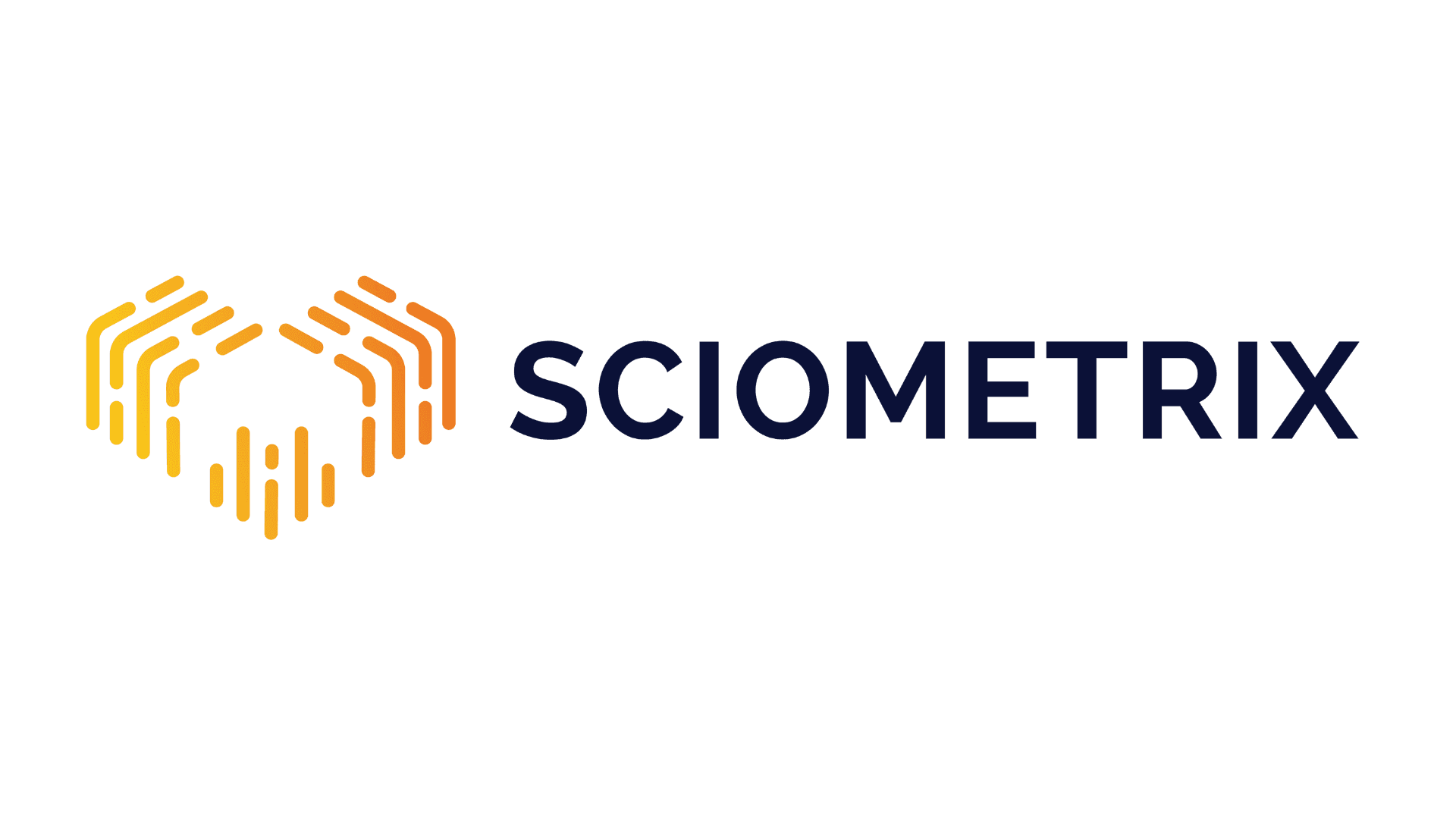The Hidden Cost of Chronic Care: Why Proactive Management is Essential ?
Posted on :
Mar 27, 2025
Introduction
Chronic diseases such as heart disease, diabetes, and respiratory conditions are the leading causes of death and disability worldwide (CDC, 2024). While direct medical costs are well-documented, hidden costs—including lost productivity, caregiver burden, and frequent hospitalizations—often go unnoticed. Proactive care reduces these costs, improving patient outcomes and lowering healthcare spending.
The Financial Burden of Chronic Conditions
Direct Costs
Medical Expenses: Chronic disease care accounts for 90% of U.S. healthcare spending, totaling $4.5 trillion annually (CDC, 2024).
Hospitalizations: Poor chronic disease management leads to avoidable ER visits and readmissions, increasing costs (American Journal of Managed Care, 2023).
Hidden Costs
Lost Productivity: Patients with chronic conditions miss more work, reducing economic output (National Bureau of Economic Research, 2022).
Caregiver Burden: Unpaid caregiving leads to financial strain and emotional distress (AARP, 2023).
Complications: Delayed treatment results in higher medical expenses and worse outcomes (NIH, 2023).

The Need for Proactive Management
[A] Early Detection and Monitoring
Remote Patient Monitoring (RPM):Tracks vital signs like blood pressure, glucose, and oxygen levels to detect issues early (American Heart Association, 2023).
Regular Screenings: Routine checkups prevent complications and reduce hospital admissions (Mayo Clinic, 2023).
[B] Patient Engagement and Education
Empowering Patients: Education on self-care and medication adherence improves outcomes (NEJM, 2023).
Personalized Care Plans: Tailored interventions based on risk factors lead to better management (JAMA, 2023).
[C] Technology-Driven Solutions
Digital Health Platforms: EHRs and real-time monitoring help providers track patient progress (JAMA, 2023).
24/7 Care Coordination: Programs like Sciometrix’s RPM system provide instant alerts to prevent complications.
The Impact of Proactive Chronic Condition Management
[1] Reduced Hospitalizations
Proactive care helps identify and manage health risks early.
Studies show it reduces hospital readmissions by 40% (American Journal of Managed Care, 2023).
Timely interventions prevent unnecessary hospital stays, easing the strain on healthcare systems.
[2] Lower Costs
Preventive care reduces costly treatments and hospital visits.
Patients see lower out-of-pocket expenses while insurers save on long-term care costs.
Better chronic condition management leads to significant cost savings across the healthcare system (Kaiser Family Foundation, 2023).
[3] Improved Quality of Life
Patients with chronic illnesses experience fewer complications and greater independence.
Proactive care enhances mobility, mental well-being, and daily functioning (WHO, 2023).

Sciometrix: Powering Proactive Chronic Condition Management
Traditional chronic condition management reacts after complications arise. Sciometrix is changing that by enabling proactive, data-driven care that improves outcomes and reduces costs.
24/7 Remote Patient Monitoring (RPM): Tracks vital signs to detect risks before they escalate.
Real-Time Alerts & RN-Led Support: Immediate provider notifications and Registered Nurse intervention to prevent hospitalizations.
Seamless Care Coordination: Reduces provider workload while ensuring timely, patient-centered care.
Cost Savings & Reimbursement Optimization: Lowers avoidable hospitalizations while maximizing Medicare & insurance reimbursements.
By integrating Sciometrix’s RPM and care coordination solutions, providers can shift from reactive to proactive care, improving outcomes while optimizing efficiency.
Conclusion
Ignoring chronic condition costs leads to higher expenses, worse patient outcomes, and increased caregiver stress. Proactive management through early detection, patient engagement, and technology-driven solutions is critical for reducing healthcare costs and improving lives.
At Sciometrix, we help providers streamline chronic condition management, reduce hospitalizations, and improve patient outcomes through our innovative RPM solutions.







